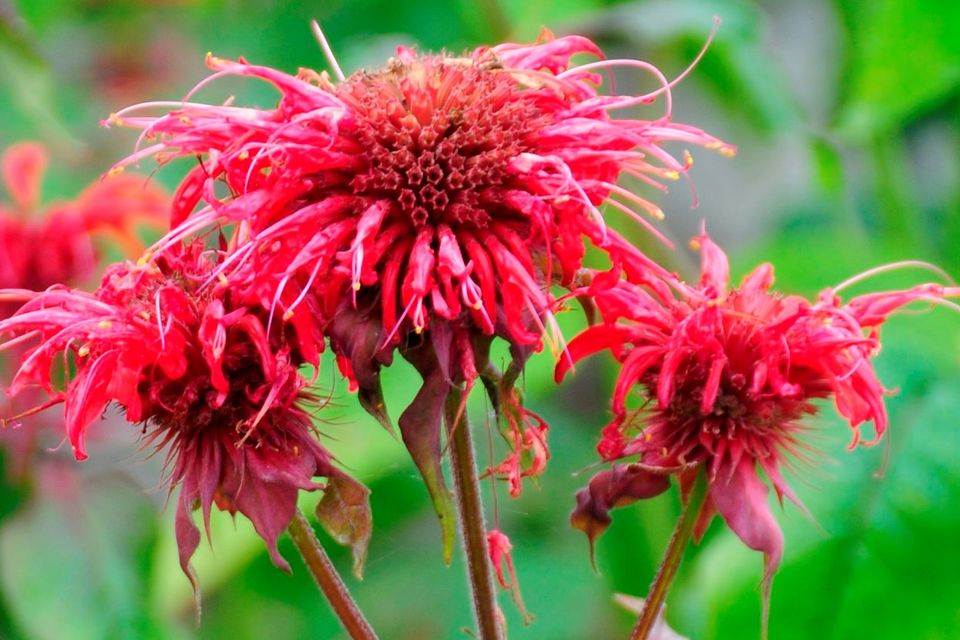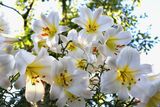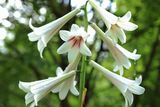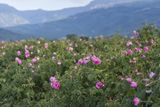Gardening: Beautiful source of vivid colour
MONARDA: Thrives on a mix of sunshine and showers
Those summer showers, so annoying to humans, are perfect for plants, arriving at just the right time and interspersed with bouts of warm sunshine. Among many plants that have been benefiting greatly is the summery monarda or bee balm. This flower is native to damp ground by riversides in prairie grassland in the United States, and it thrives on the combination of sunshine and showers.
If the weather is too wet, the plants grow very lush. Then, the flowers are not as plentiful and have a tendency to rot. In dry, sunny weather, the plants run short of moisture in the soil and the leaves soon wilt. Dry conditions are also likely to encourage powdery mildew disease, which turns the foliage grey, causing it to fall with follow-on, curtailed flowering. But this summer's blend of sunshine and showers has been perfect.
It is an indication of a good garden plant that it has several common names, as monarda does. Its correct botanical name is monarda and it is usually known by that name, but it is also known as bee balm, because bees love it, as Oswego tea, after the River Oswego in the US, for its use as a herbal tea, and bergamot because it smells like the true bergamot orange, which is an aromatic species of citrus used in Earl Grey tea.
By any name, it is a lovely garden flower, spectacular in summer and still useful in winter for its withered flower stems. In summer, it has lots of vividly-coloured flowers carried at tips of the tall stems. An established plant makes a big clump of these flowering stems. Generally about 90cm tall, or a little taller, it easily makes a clump as wide. It can be used in a herbaceous border or in a mixed border with shrubs of medium size.
Plant two or three clumps, or more, in different spots, for best effect. The flowers appear in mid-summer after the shoots develop to full height. The rounded flowers are clusters of hooded tubular flowers, somewhat tousled and jagged in appearance. These open in succession from the bottom of the cluster to the top, a feature which lengthens the flowering period. Sometimes the clusters are tiered and may be branched too, so the plant has a structured appearance.
Because of their parentage, purple or lilac kinds are better in dry soil, the bright reds preferring the more moist ground. 'Cambridge Scarlet' is scarlet, 'Croftway Pink', soft pink, 'Prarienacht', intense purple, and 'Beauty of Cobham', lilac-pink.
All kinds like a good amount of organic material in the soil to retain moisture. If the clumps begin to thin out in the centre, the vigorous outside portions can be lifted and re-planted.
Join the Irish Independent WhatsApp channel
Stay up to date with all the latest news















